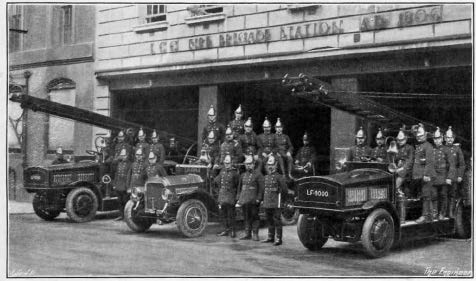Despite their current prominence — if you’ll excuse the electrical pun — electric vehicles have a history as long as internal combustion engine-driven ones; and a century ago, even The Engineer was hedging its bets on which technology would prevail. In a long, in-depth article which can be read here, our predecessors describe electrical drive trains as being particularly suited to vehicles such as fire engines, ambulances and buses. Referring to buses using an early version of a range-extended technology with a petrol engine charging a battery, it notes that ‘the progress which these vehicles have made during the last few years indicates that the petrol-electric system is not such a silly idea as was at first supposed, and it is well that those who still have doubts as to the possibility of pure electric vehicles making headw1ay should bear in mind that not so long ago very similar doubts were expressed with regard to petrol-engine cars.’

The article focuses particularly on vehicles built by a company called Cedes, located a stone’s throw from today’s Engineer Towers. Cedes supplied 14 electric fire engines to the London Fire Brigade; these five-ton vehicles, which were also equipped as ambulances, used motors housed in the front wheels to eliminate he need for gearing to reduce maintenance and ensure smooth and quiet running. The vehicles could run at 25mph and could run for 60 miles on a single charge,
The article notes that electric vehicles were cheap to operate, with current costing about a third of a penny per mile. ‘If daily mileage be short, it is sufficient to charge the battery overnight, when current can sometimes be obtained at reduced rates,’ the article notes helpfully. ‘But if it be desired to run a greater distance than that corresponding to one compete battery discharge, short “boosts” can be given each time the car returns to the loading platform.’




First seven members join NG’s Great Grid Partnership
So in addition to (as seems likely) Great British Energy & Great British Railways we also have the Great Grid Upgrade To me, this rather … grates?